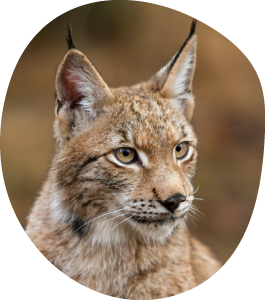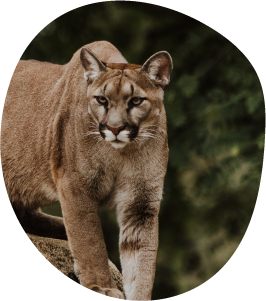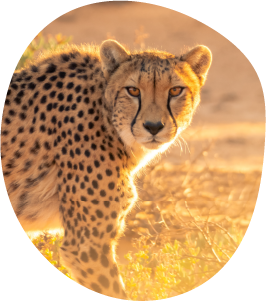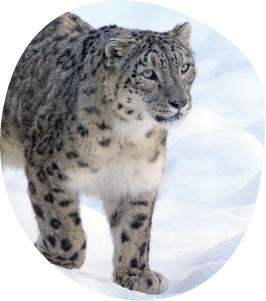WILD CATS
The Felidae or Cat Family is currently classed as having 41 species. The family includes 40 wild cat species, and also our beloved domestic pets.
Out of all the mammals on the planet, big cats are among the most revered and sought-after. With the right choice of tour, it is possible to admire these animals ethically in their natural habitat with a positive conservation impact.
TOP CATS-SEEING ETHICAL EXPERIENCES

HIKE PATAGONIA TO SEE PUMA
Although pumas can be found all over Patagonia, the area around Torres del Paine National Park has an especially high density of them.
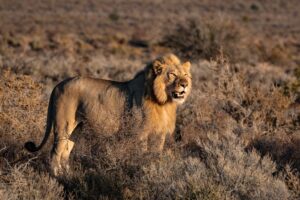
GO ON AN AFRICAN SAFARI
Lions, leopards and cheetahs are some of the most exciting wildlife you can observe during a safari in one of the many African parks and reserves.
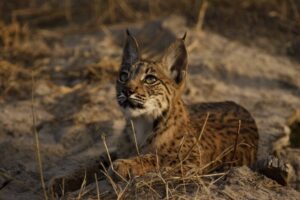
SPOT THE ELUSIVE IBERIAN LYNX
The Iberian lynx, which is from the Iberian Peninsula in Southern Europe, is thought to be the most critically endangered wild cat in the world.
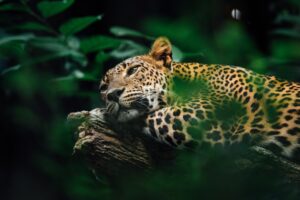
LOOK FOR JAGUAR IN BRAZIL
Pantanal has gained worldwide recognition as the best location to view Jaguars in the wild in recent years.

VISIT THE HOME OF BENGAL TIGER
India provides the best chances in the world to see tigers: with more than 50 dedicated reserves, it is home to 70% of the wild tigers in the world.
ALL WILD CATS BLOG ARTICLES & ETHICAL TOURS RECOMMENDATIONS
LYNX
Four species belong to the Lynx genus: Iberian lynx, Eurasian lynx, Canada lynx and bobcats. Their medium size, short tails, pointed ears and tufted beards make them recognizable.
SCIENTIFIC NAME
Felis lynx
IUCN STATUS
Iberian lynx: Endangered; Other lynx species: Least concern
RANGE
Spain (Iberian Lynx), Eurasia (Eurasian Lynx), North America (Canada lynx, bobcats)
Featured articles on LYNX >>
TIGER
Found across Asia, tigers are fierce predators that roam jungles and grasslands. They are the largest members of the cat family and are both feared and admired for their strength, beauty, and unique distinctive stripes. About 4000 individuals live in the wild today and belong to six subspecies: Siberian, Bengal, South China, Sumatran, Indochinese, and Malayan tigers.
SCIENTIFIC NAME
Panthera tigris
IUCN STATUS
Endangered
RANGE
Asia
LION
The King of the Savannah has inspired the imagination of mankind like no other animal. It is not hard to understand why: strength, power and majesty emanate from the lion, which is one of the largest ‘big cats’.
SCIENTIFIC NAME
Panthera leo
IUCN STATUS
Vulnerable
RANGE
Africa & Asia
CHEETAH
Found in Africa and parts of Iran, the cheetah is the world’s fastest land animal, capable of reaching speeds of up to 120 km/h (75 mph). It is a remarkable solitary hunter, whose diet mainly consists of small mammals like antelopes, gazelles, and hares.
SCIENTIFIC NAME
Acinonyx jubatus
IUCN STATUS
Vulnerable
RANGE
Africa, Iran
LEOPARD
With its golden fur and rosettes, the leopard is a captivating and remarkable animal. They are incredibly agile and powerful hunters and have adapted to a wide range of habitats, from rainforests to deserts.
SCIENTIFIC NAME
Panthera pardus
IUCN STATUS
Vulnerable
RANGE
Africa & Asia
JAGUAR
The jaguar is a large, powerful cat found in the jungles of Central and South America. They are known to hunt a wide variety of animals, including deer, tapirs, and even caimans.
SCIENTIFIC NAME
Panthera onca
IUCN STATUS
Near Threatened
RANGE
South America
PUMA
Also known as ‘cougar’ or ‘mountain lion’, the puma is a large and powerful feline native to the Americas. They have a remarkably wide distribution, ranging from the Yukon in Canada to the southern Andes of South America.
SCIENTIFIC NAME
Puma concolor
IUCN STATUS
Least Concern
RANGE
Americas
SNOW LEOPARD
The snow leopard is a beautiful, endangered species of wild cat found in the mountains of Central and South Asia. It has white fur with black spots and is well–adapted to living in the cold and harsh conditions of its high–altitude home.
SCIENTIFIC NAME
Panthera uncia
IUCN STATUS
Vulnerable
RANGE
Asia

